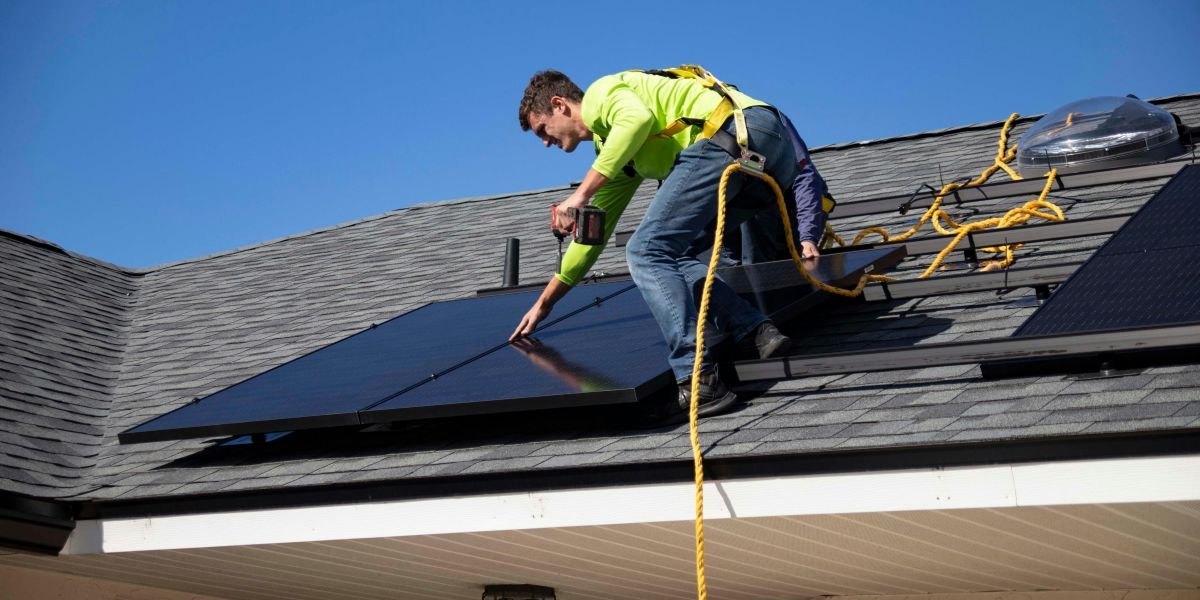Selling a home is an exciting but challenging process. To ensure you get the best possible price, making your property as appealing as possible to potential buyers is essential. Properly preparing your home for sale can help it stand out in a competitive market. Below, we will explore key tips to help you organize your home for a successful sale.
The Role of Decluttering and Depersonalization in Home Staging
Decluttering is one of the most critical steps in preparing your home for sale. Buyers must envision themselves living in the space; too much personal or unnecessary clutter can make this difficult. A clean, organized home creates an inviting atmosphere that is more likely to attract serious offers.
Depersonalization is another essential part of home staging. Removing personal items like family photos and distinctive decorations allows potential buyers to see the property as a neutral space. This helps them imagine how to make the space their own without being distracted by the current owner’s style.
Artificial indoor plants can be a great way to add a touch of greenery to your home, especially in rooms that might lack natural light. They add freshness and warmth without the need for ongoing maintenance. However, it’s essential to strike a balance and not overcrowd spaces with too many plants, as simplicity often leads to a more appealing look. If you’re looking for where to buy artificial plants, consider Googling “artificial plants indoor” for a wide variety of options.
Effective home staging is about creating a visually appealing space that is not overdone. To maximize your home’s potential, keep your rooms clean, bright, and free of distractions. The goal is to allow buyers to see the property’s possibilities, which can result in a quicker sale and possibly a higher offer.
Necessary Repairs and Upgrades That Impact Home Value
Before listing your home, it’s crucial to address any necessary repairs that could affect its value. Minor issues like leaky faucets, broken tiles, or peeling paint might seem insignificant, but they can be red flags for potential buyers. Fixing these problems shows that the home has been well-maintained and helps instill buyer confidence.
Upgrading key features in the home can also help increase its value. Consider replacing outdated appliances, installing new lighting fixtures, or refreshing the bathroom or kitchen with modern finishes. Simple upgrades can make a significant difference without requiring a massive investment.
You should not overlook plumbing services when preparing your home for sale. If there are any plumbing issues, it’s essential to address them before showing the property. Potential buyers will be wary of homes with plumbing problems, as these can lead to expensive repairs after purchase.
Finally, examine your home’s exterior and curb appeal closely. A well-maintained lawn, fresh paint, and a tidy driveway create an inviting first impression. Minor outdoor upgrades, such as adding new mulch to flower beds or repairing fences, can make a big difference in how your home is perceived.
Setting the Right Price and Preparing for Open Houses
One of the most critical aspects of selling your home is setting the right price. Overpricing can lead to your home sitting on the market for too long, while underpricing can leave money on the table. Researching comparable sales in your neighborhood and consulting with a real estate agent can help you determine a fair and competitive listing price.
Once you’ve set the price, it’s time to prepare for open houses and showings. Ensure your home is in top shape before each event, ensuring it’s clean, clutter-free, and well-lit. The goal is to make a strong first impression that encourages buyers to make an offer.
Consider offering brochures or digital presentations highlighting your home’s key features during open houses. This gives potential buyers a tangible reminder of what makes your property unique. Be sure to leave the house during showings so buyers can feel comfortable discussing the property openly with their agent.
Finally, be flexible with your showing schedule and pricing negotiations. The more accessible you make your home to potential buyers, the quicker you may receive offers. Being prepared and responsive increases your chances of selling your home quickly and for the desired price.
Overall, preparing your home for sale involves making it visually appealing, addressing necessary repairs, and setting the right price to attract potential buyers. Decluttering, depersonalizing, and making strategic upgrades can significantly increase your home’s appeal and value.
Published by Charlie N.










